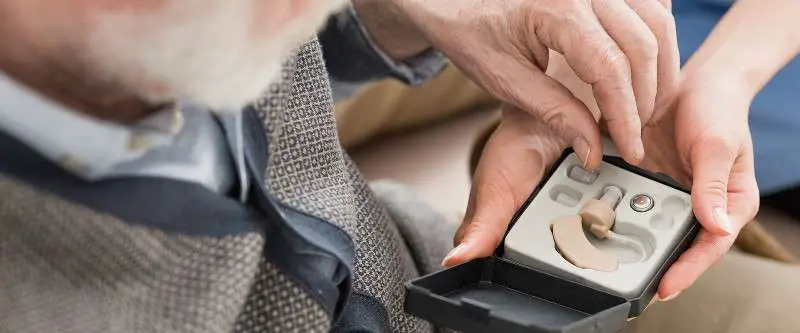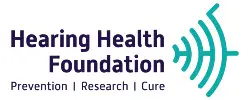Pulsatile tinnitus, characterized by a rhythmic noise often synchronized with the heartbeat, can be both disconcerting and perplexing for those encountering it. Early detection and comprehension of its symptoms are vital for effective management. This blog post aims to illuminate the signs of pulsatile tinnitus, guide on when to seek medical advice, and distinguish it from common hearing issues.
Recognizing the Signs: What Pulsatile Tinnitus Sounds Like
Pulsatile tinnitus is typically identified by a whooshing, thumping, or pulsing sound in the ears. Unlike regular tinnitus, which manifests as a constant ringing or buzzing, pulsatile tinnitus exhibits a rhythmic pattern, usually in sync with the individual’s heartbeat. This distinctive feature aids in distinguishing it from other types of tinnitus or common hearing problems.
The sound may be perceived in one or both ears and can vary in intensity throughout the day. Some individuals may notice it more when reclining or in quiet environments. The rhythmic nature of the sound is often associated with changes in blood flow or pressure in the vessels near the ears, underscoring the importance of paying attention to these patterns and their correlation with the heartbeat.
QUIZ - CAUSES OF HEARING LOSS IN CHILDREN
When to Seek Medical Advice: Understanding the Severity of Symptoms
Timely medical advice is crucial if symptoms of pulsatile tinnitus arise, especially if they appear suddenly or are accompanied by additional symptoms. These may include dizziness, changes in hearing, ear pain, or headaches. A sudden onset or alterations in the tinnitus pattern may indicate underlying health issues requiring prompt medical attention.
Consulting a healthcare professional is essential for an accurate diagnosis. Pulsatile tinnitus can sometimes signal more serious conditions, such as vascular disorders or hypertension. Early medical intervention can aid in identifying and addressing the root cause, potentially preventing more severe health complications.
Differentiating Pulsatile Tinnitus from Common Hearing Issues
Pulsatile tinnitus stands apart from other common hearing issues, such as age-related hearing loss or noise-induced hearing damage. While these conditions typically result in a constant ringing or buzzing sound, pulsatile tinnitus is characterized by its rhythmic nature, often aligning with the heartbeat. This crucial difference plays a pivotal role in diagnosis and treatment planning.
Another distinctive factor is the potential cause. While regular tinnitus cases are often linked to auditory nerve damage or exposure to loud noise, pulsatile tinnitus is more frequently associated with changes in blood flow. Recognizing these disparities is essential for healthcare providers to determine appropriate diagnostic tests and formulate effective treatment plans.
FAQ Section
Q1: What does pulsatile tinnitus sound like?
A1: Pulsatile tinnitus typically sounds like a whooshing, thumping, or pulsing noise in the ears. Its rhythmic pattern, synchronized with the heartbeat, distinguishes it from the constant ringing or buzzing associated with regular tinnitus.
Q2: When should you seek medical advice for pulsatile tinnitus?
A2: Medical advice should be sought if symptoms of pulsatile tinnitus appear suddenly, are accompanied by other symptoms like dizziness or headaches, or if there’s a noticeable change in hearing. Early medical consultation is crucial for diagnosing potential underlying conditions.
Q3: How is pulsatile tinnitus different from other hearing issues?
A3: Pulsatile tinnitus differs from other hearing issues in its rhythmic nature, often aligning with the heartbeat. While regular tinnitus cases are linked to nerve damage or noise exposure, pulsatile tinnitus is more often related to blood flow changes.
Q4: Can pulsatile tinnitus indicate a serious health problem?
A4: Yes, pulsatile tinnitus can sometimes be a symptom of more serious health issues, such as vascular disorders or hypertension. It’s important to get it evaluated to rule out any serious underlying conditions.
Practical Tips and Tricks
- Pay Attention to Patterns: Note when pulsatile tinnitus is most noticeable, such as during rest or after specific activities.
- Monitor Blood Pressure: Given its association with blood flow, keeping track of blood pressure can be beneficial.
- Protect Your Hearing: Avoid exposure to loud noises to prevent worsening tinnitus symptoms.
- Maintain a Healthy Lifestyle: Regular exercise and a balanced diet can improve overall vascular health, potentially impacting tinnitus.
- Keep a Symptom Diary: Documenting symptoms provides valuable information for healthcare providers during the diagnostic process.
REFERENCES

Harmonizing Life with Mixed Hearing Loss: A Global Perspective
Dive into the complexities of Mixed Hearing Loss with our comprehensive guide, exploring diagnosis, treatment options, and practical tips for daily management

Harmonizing Silence and Sound: Mastering Mixed Hearing Loss
Dive into the complexities of Mixed Hearing Loss with our comprehensive guide, exploring diagnosis, treatment options, and practical tips for daily management.






